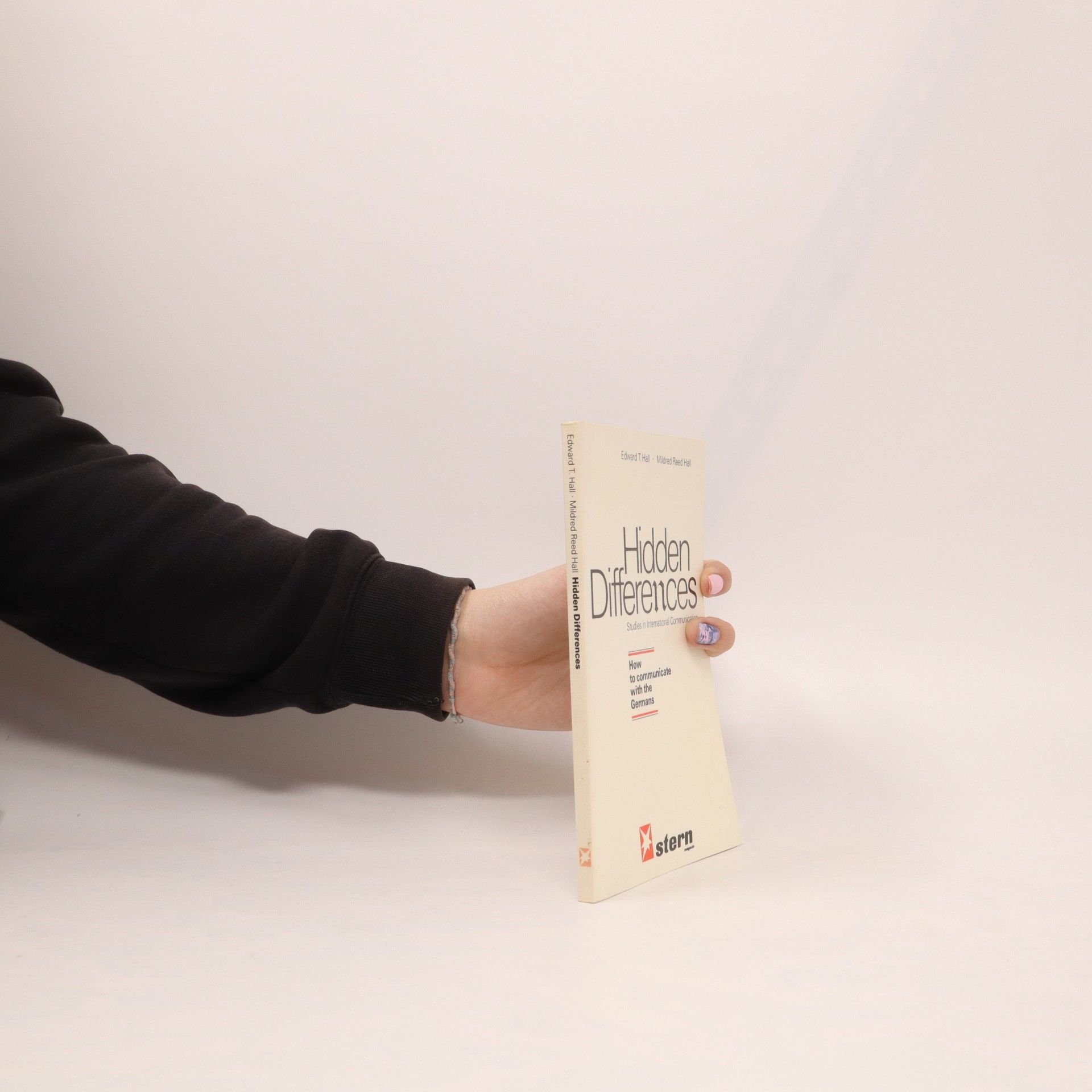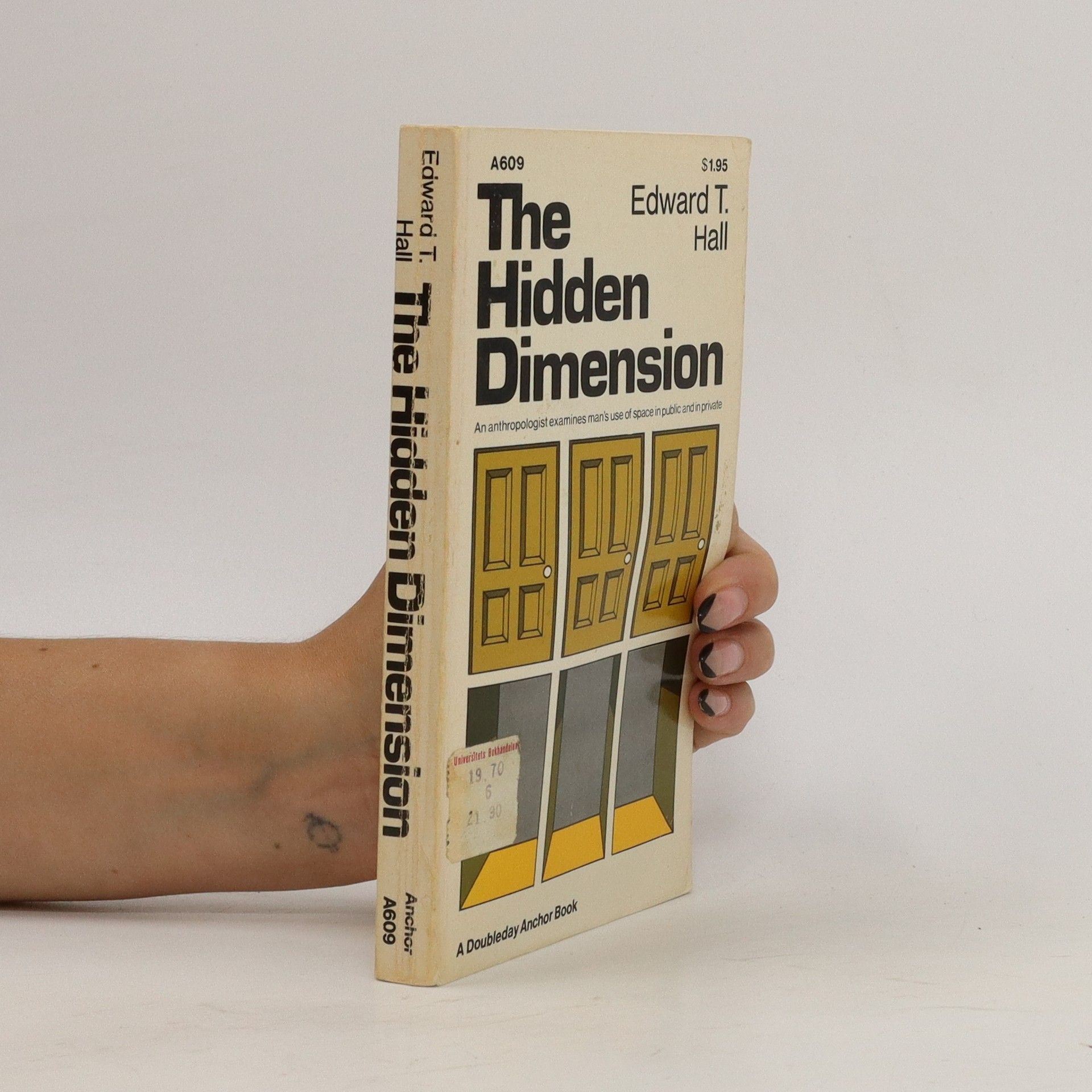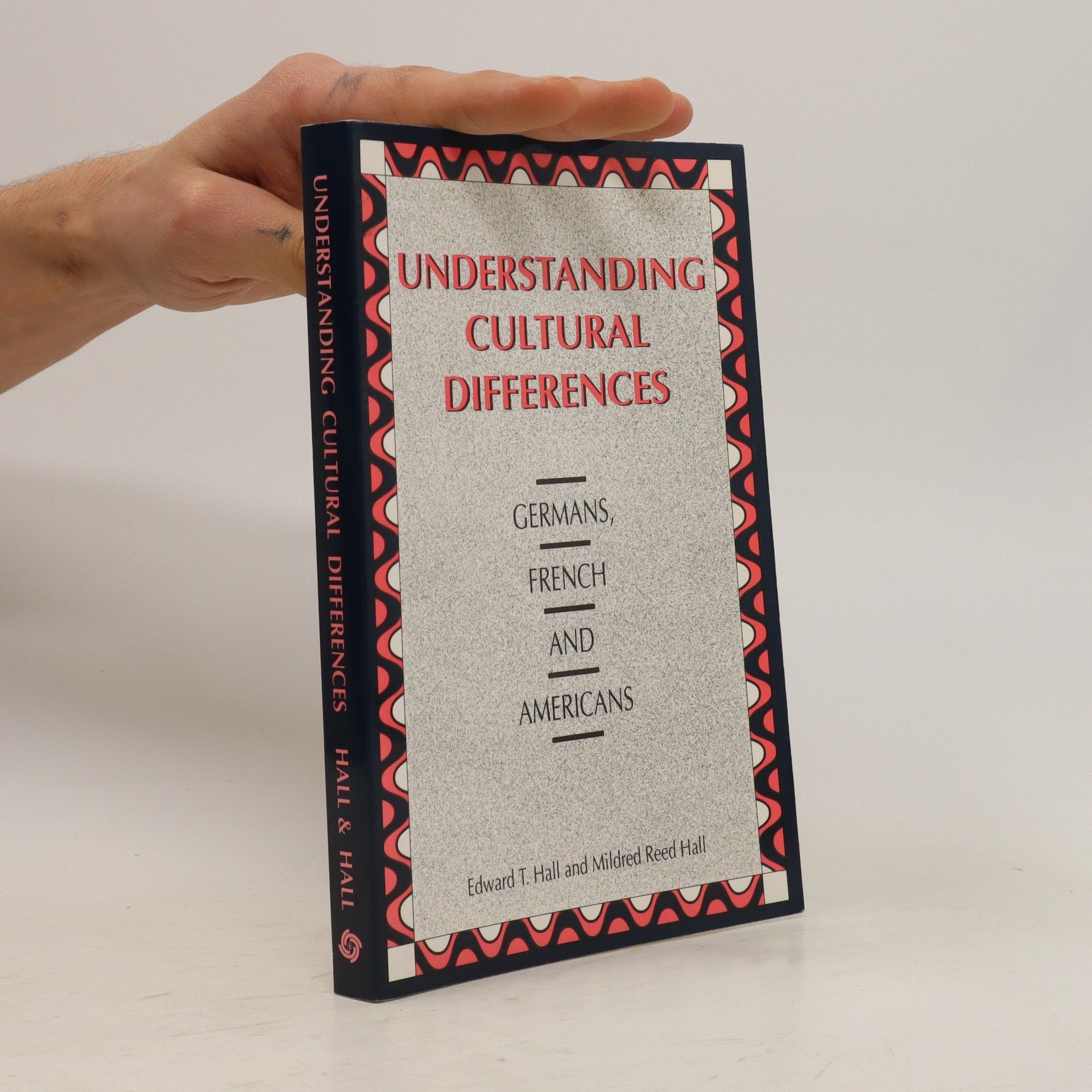Edward T. Hall Livres
Edward T. Hall a été une figure fondatrice de la communication interculturelle. Ses recherches tout au long de sa vie, inspirées par son séjour auprès des tribus Navajo et Hopi et son service militaire pendant la Seconde Guerre mondiale, se sont concentrées sur les perceptions culturelles de l'espace et du temps. Il a développé des concepts fondamentaux tels que la proxémique, le temps polychronique et monochronique, et la distinction entre cultures à contexte élevé et faible. Le travail de Hall a profondément façonné notre compréhension de la manière dont les différences culturelles influencent les interactions interpersonnelles et notre perception du monde.






"Understanding Cultural Differences" by Edward T. and Mildred Reed Hall explores how cultural contexts in Germany, France, and the U.S. impact corporate interactions. The book offers insights and practical advice for managing international business transactions, building on Hall's earlier works in intercultural relations. A vital resource for business executives.
People like to keep certain distances between themselves and other people or thigns. And this invisible bubble of space that constitutes each person's "territory" is one of the key dimensions of modern society. Edward T. Hall, author of The Silent Language, introduced the science of proxemics to demonstrate how man's use of space can affect personal and business reltions, cross-cultural interactions, architecture, city planning, and urban renewal. "One of the few extraordinary books about mankind's future which should be read by every thoughtful person." —Chicago Tribune "This is a book of impressive genius, replete with unusually sharp observations." —Richard J. Neutra, Landscape Architecture
Exploring the impact of architectural design on workplace behavior, this study appeals to architects, behavioralists, and management professionals, as well as architecture enthusiasts. The authors, Mildred Reed Hall and Edward T. Hall, co-founders of Edward T. Hall Associates, bring their expertise in environmental and urban affairs, international business, and intercultural relations to the forefront, offering valuable insights into how physical spaces shape human interactions and productivity.
The Silent Language
- 209pages
- 8 heures de lecture
A leading American anthropologist analyzes the many vitally important ways in which people "talk" to one another without the use of words. "The Silent Language shows how cultural factors influence the individual behind his back, without his knowledge." —Erich Fromm The pecking order in a chicken yard, the fierce competition in a school playground, every unwitting gesture and action—this is the vocabulary of the "silent language." According to Dr. Hall, the concepts of space and time are tools with which all human beings may transmit messages. Space, for example, is the outgrowth of an animal's instinctive defense of his lair and is reflected in human society by the office worker's jealous defense of his desk, or the guarded, walled patio of a Latin-American home. Similarly, the concept of time, varying from Western precision to Easter vagueness, is revealed by the businessman who pointedly keeps a client waiting, or the South Pacific islander who murders his neighbor for an injustice suffered twenty years ago.
Set in the vibrant Caribbean, this book offers a glimpse into the experiences and adventures of the author during a month-long journey. The narrative captures the essence of the region in the late 19th century, reflecting its culture, landscapes, and the author's encounters. This high-quality reprint preserves the original edition's charm, allowing readers to explore the historical context and beauty of the Spanish Main as it was over a century ago.
Early Stockaded Settlements in the Governador New Mexico
- 96pages
- 4 heures de lecture
A study of the early part of the Developmental Pueblo Period based on the findings of excavations in north-central New Mexico in 1941 from the joint efforts of Columbia University and the Laboratory of Anthropology at Santa Fe. Specifically examines descriptions of the excavations, pottery, textiles, worked bone and antler, stone artifacts, and cranial materials from the Governador area.
